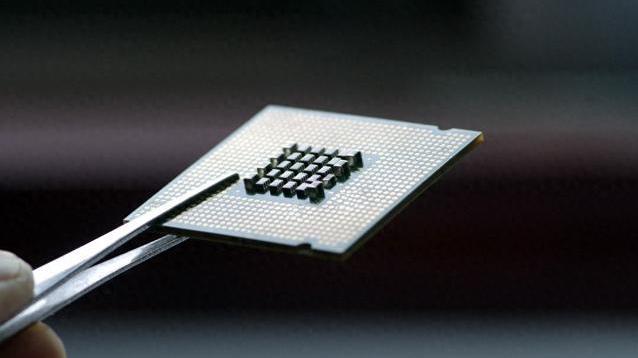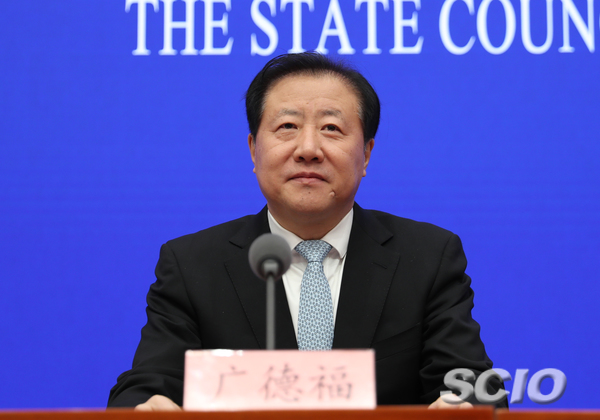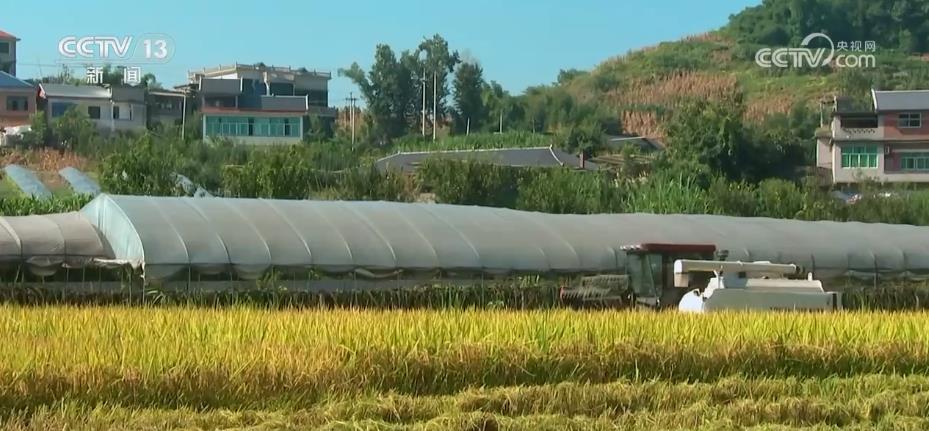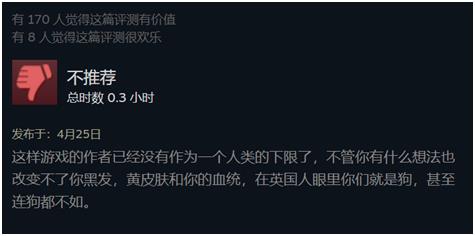Netcom interview During the 2023 Chengdu Auto Show, in an exclusive interview with Netcom News Agency, Bach, deputy general manager of Geely Automobile Sales Company and general manager of Galaxy Business Unit, said that the E8 is Galaxy’s first pure electric product, and he hopes that the vehicle can become Galaxy’s pure electric flagship masterpiece. As time progresses, the E8 is planned to be released in the fourth quarter and deliveries will start within the year.

Netcom: What are the highlights of Geely’s booth this year?
Bach:Geely brought all the family to the exhibition, including the Galaxy Light concept car, Galaxy L7, Galaxy L6 and other Galaxy series; China Star, Emgrand, and Planet and other auspicious star series; Panda mini, Geometric E Firefly and other geometric series were on display; there was also a new generation of Raytheon 8848 technology display. The biggest highlight this time is the pre-sale of Geely Galaxy L6 released today on the booth.
Netcom: Geely Galaxy L7 has become one of the best-selling hybrid models within 200,000 yuan since its launch. Galaxy is a new mid-to-high-end new energy series launched by Geely brand. Its first product, L7, is placed in the 150,000-class electric hybrid SUV market that has been dominated by the first movers. What do you think are the reasons behind it?
Bach:For many reasons, first of all, the domestic market has a large hybrid market, and this year there is a relatively large outbreak. The first half of the data is probably more than 90% growth space, so thanks to such a day.
In addition, we have relatively solid product fundamentals. On the one hand, our Raytheon electric hybrid technology, such as Raytheon three-speed variable frequency electric drive and mass-produced engine with peak thermal efficiency, allows electric hybrid products to achieve more extreme performance in terms of energy saving and performance. Another example is our battery quality, the Aegis battery safety system equipped with Geely Galaxy L7, which conducts more than 100 battery pack-level basic tests based on full-scenario extreme operating conditions, 80 more than the national standard, and the safety quality has passed the rigorous tests of many industry authorities.
On the other hand, Geely Galaxy L7 has also inherited Geely’s long-standing excellent product genes, including chassis and vehicle safety.
In addition, on this basis, we have also equipped this product with some of our internal features called charm configuration, such as some functions related to smart cockpit, such as pampering the co-pilot, multi-screen linkage, etc., which are now popular among young consumers.
So in general, on the one hand, the overall growth of the big environment is relatively good, and on the other hand, the products are specially developed and designed for the hybrid market. Combining these two aspects, coupled with Geely Automobile Group’s early strategic layout and deep technical investment in the new energy field, it has now built a complete set of strict intelligent electric vehicle industry chain system, covering from three electricity, chip, intelligent architecture, to intelligent cockpit, intelligent driving, intelligent computing center, to production and manufacturing, battery recycling and other technical fields. There have been more than 3,500 patented technologies in the new energy field, providing a strong technical guarantee for building safer new energy vehicles.
Net News Agency: You also mentioned that the Galaxy L6 starts pre-sale today. In fact, the competition in this segment is still very fierce. In this context, what are your expectations for it, and what are its competitive advantages compared to similar products?
Bach:L6 is the most intense A-class sedan market in China, so I think you must have real product strength in this field.
On the one hand, it inherits the family factors, hybrid system, 3DHT, and battery, including architecture, chassis, and our basic product mechanical qualities. In addition, we also carry the 8155 chip, and Galaxy’s operating system, including the AI big model we have introduced now, can do voice conversations outside the car, which makes Geely Galaxy series cars, including L6, have many new and different ways to play. That is, what I just said, the basic quality of the product and the charm configuration can be combined in this product.
At the same time, the L6 product, in this field, can achieve both power and energy saving, both maneuverability and comfort, which is relatively rare.
Netcom News Agency: In the past 5 months from Galaxy’s official announcement to the present, there are only 2 products, and the sales performance is good. In addition to sales, what progress has been made in channel construction? And has the sales performance met the original expectations?
Bach:First, we have created a new channel ecosystem of compound franchise authorization for the Galaxy series, with "a new channel ecosystem, a new service standard, and a new user experience", striving to "satisfy users" as the standard of Geely Galaxy. At present, our Galaxy stores across the country have reached more than 400, and it is expected to reach 650-700 by the end of the year. This scale has basically covered the vast majority of consumer areas. Even if there are more than 400 now, most consumers can buy cars nearby.
Second, we have also realized the model of online and offline channel linkage. Based on the digital empowerment of Xingrui Smart Computing Center, Geely Galaxy stores have created a "digital exhibition hall" to connect the full link of user car purchase by digital means, so as to achieve double improvement of service efficiency and user experience. Users can skip the annoying bargaining link, directly place an order through the online payment platform, and visually track the status of the vehicle anytime, anywhere; furthermore, the details are more attentive. For example, when users book a test drive through the Geely Galaxy APP, even the drinks they want to drink that day can be selected online and enjoyed directly at the store.
Continuously strengthening service quality and service quality, that is, the service level of national channels is also moving towards a new level, so relatively speaking, there is still considerable progress in these aspects.
Going purely online, users can directly place orders online, including reservations, including delivery, all of which can be fully reflected in our online.
Network News Agency: A few days ago, the Galaxy E8 has also seen some voices. Users have very high expectations for this car. Let’s briefly introduce the positioning of this car and what product advantages it will have after it goes on sale.
Bach:It is not convenient to disclose too much information now. I will pick some core points. The length of this car is more than 5 meters, which is based on the SEA architecture. In addition, in the cockpit, we now directly release a 45-inch, 8K high definition smart screen to you, which will carry more car applications in the future.
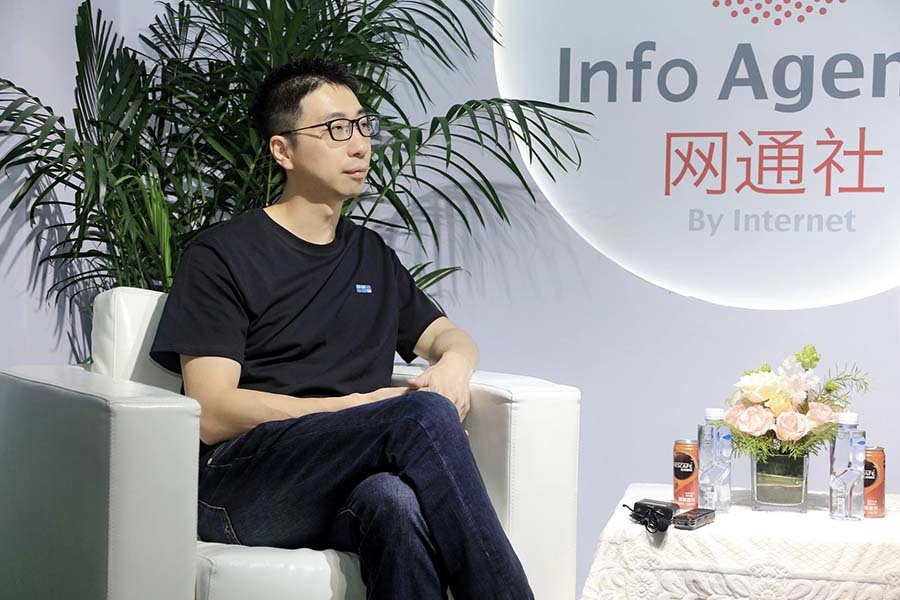
E8 is Galaxy’s first pure electric product, and we hope it can become Galaxy’s pure electric flagship masterpiece. As time goes by, we will meet users one after another in the fourth quarter, and finally go on the market and achieve delivery within the year.
Netcom: In the past two years, users have been considering an increasingly high proportion of intelligent driving when choosing a car. What do you think of this issue and Geely’s layout in this area?
Bach:Geely invested relatively early in intelligent driving, and invested relatively high in these traditional manufacturers in China. This ability at the L2 level is available. Later, we will also target the related capabilities of NOA, and continue to launch corresponding products through the superposition of products. There will also be product plans in the future, and NOA will also meet with users during the year. In this regard, including the L6, L7, and E8 mentioned just now, NOA will eventually be available.
In addition, most of Geely’s layout in this area is self-researched, which is actually Geely’s long-term layout, including our low-orbit satellites to provide high-precision positioning for future mobile travel. Therefore, the technological achievements of smart Geely 2025 will gradually be landed and empowered on Galaxy products.
Network News Agency: This year’s intelligent driving has been very popular, but Geely may not have performed so well in terms of the overall model price.
Bach:We can pull out some space to give the user experience. So this is also a process of gradual adaptation. People who choose new energy products in the early stage will pay more attention to smart cockpit and smart driving, but now in fact, new energy products have reached a stage of popularization. When they are popularized to the vast majority of users, they may not care much about smart cockpit or smart driving at the beginning, but as time goes by, he will find that this thing is easy to use and convenient for it, so the popularity rate will gradually increase.
NEWS: This year, the new energy penetration rate in the automotive market has approached 30%, and it is likely to reach 35% or even higher in the second half of the year. At present, Geely’s new energy sales are not rising month-on-month in the past few months. What do you think of Geely’s overall performance in the new energy market and Geely’s follow-up plans for the whole?
Bach:In the first half of the year, Geely’s overall new energy sales were nearly 200,000, and there were about 40,000 sales in July. In the field of new energy, as far as the Geely brand is concerned, we now have two major new energy pillars, Galaxy and Geometry. Geometry is biased towards popular pure electric products. Galaxy’s mid-to-high-end new energy products, especially the first two products of our Galaxy are mainly hybrid, and then the following products are mainly pure electric, and the overall layout is relatively perfect. Therefore, whether it is from low to high, or from hybrid to pure electric, Geely has been in the horizontal and vertical layout, which can gradually be reflected in our sales.
(Photo/text, Mao Kaiyue)
